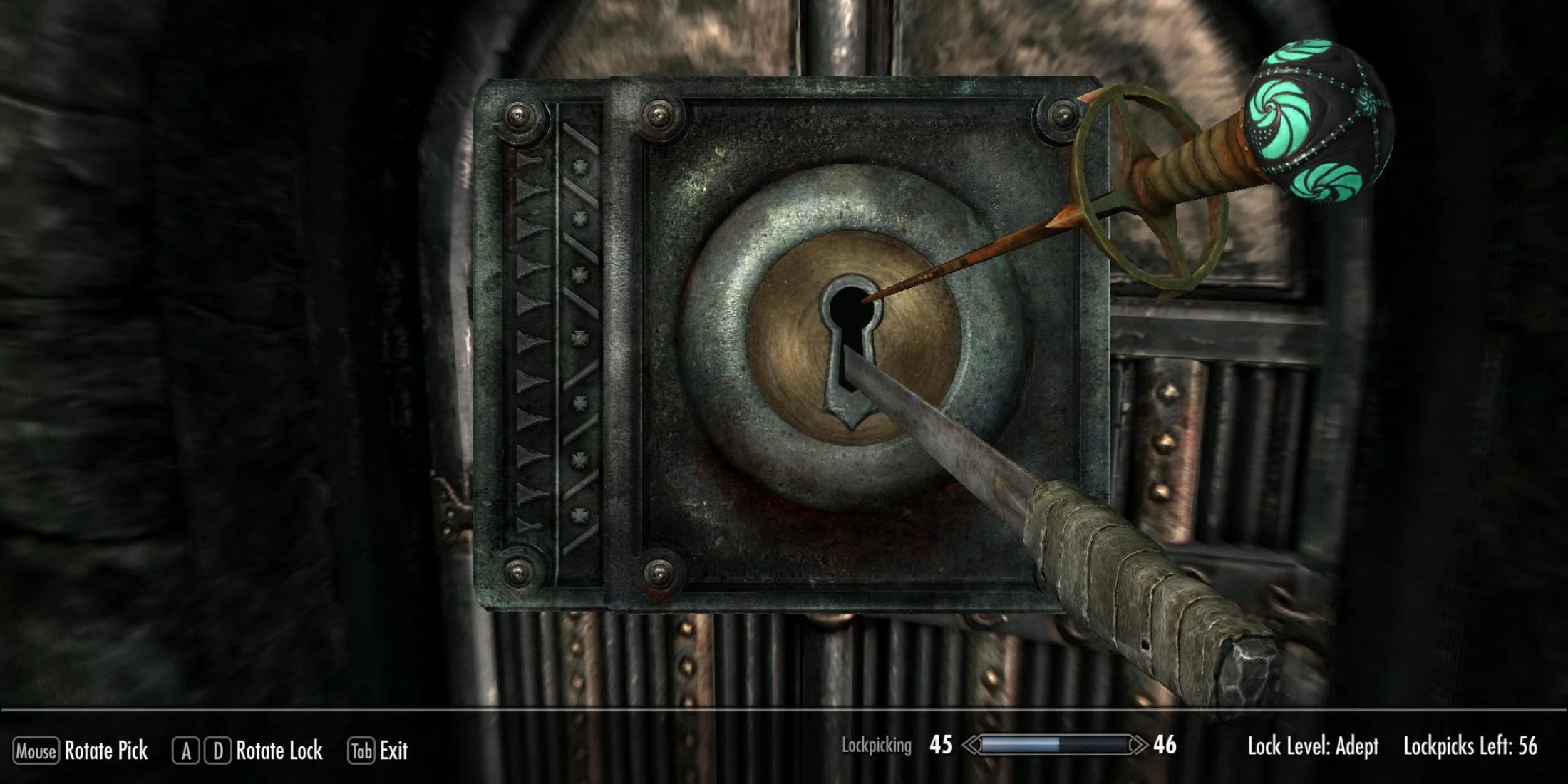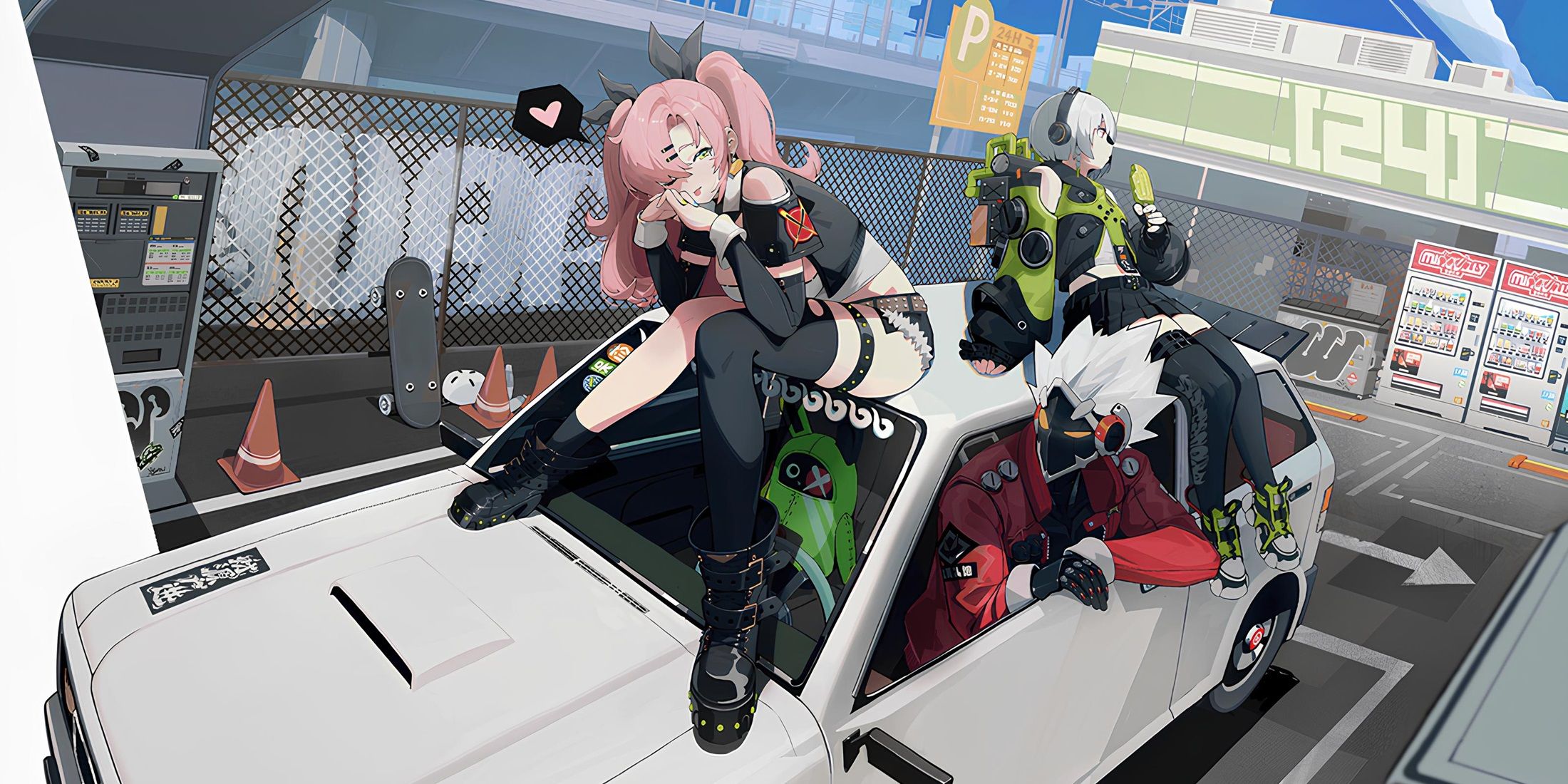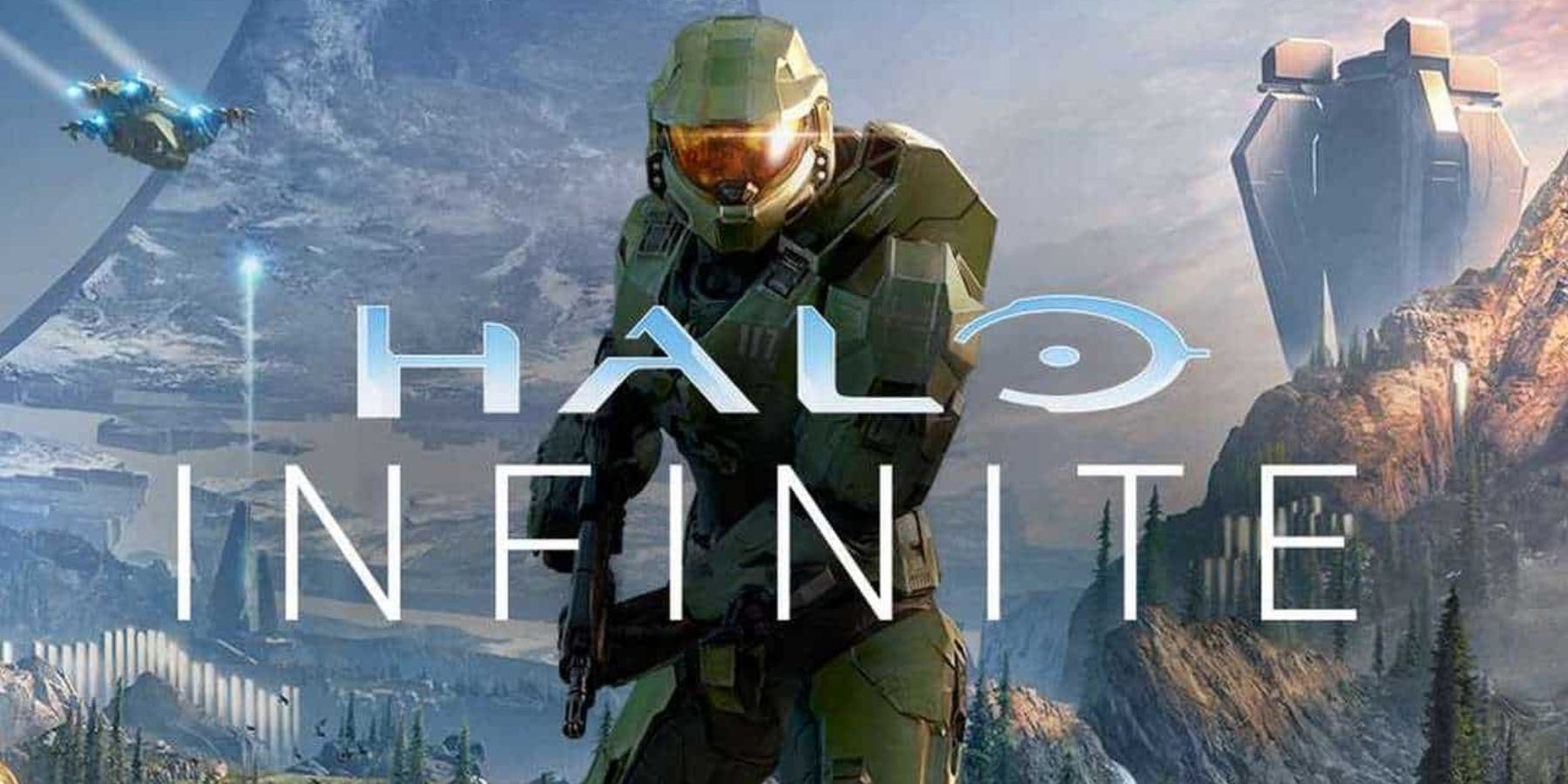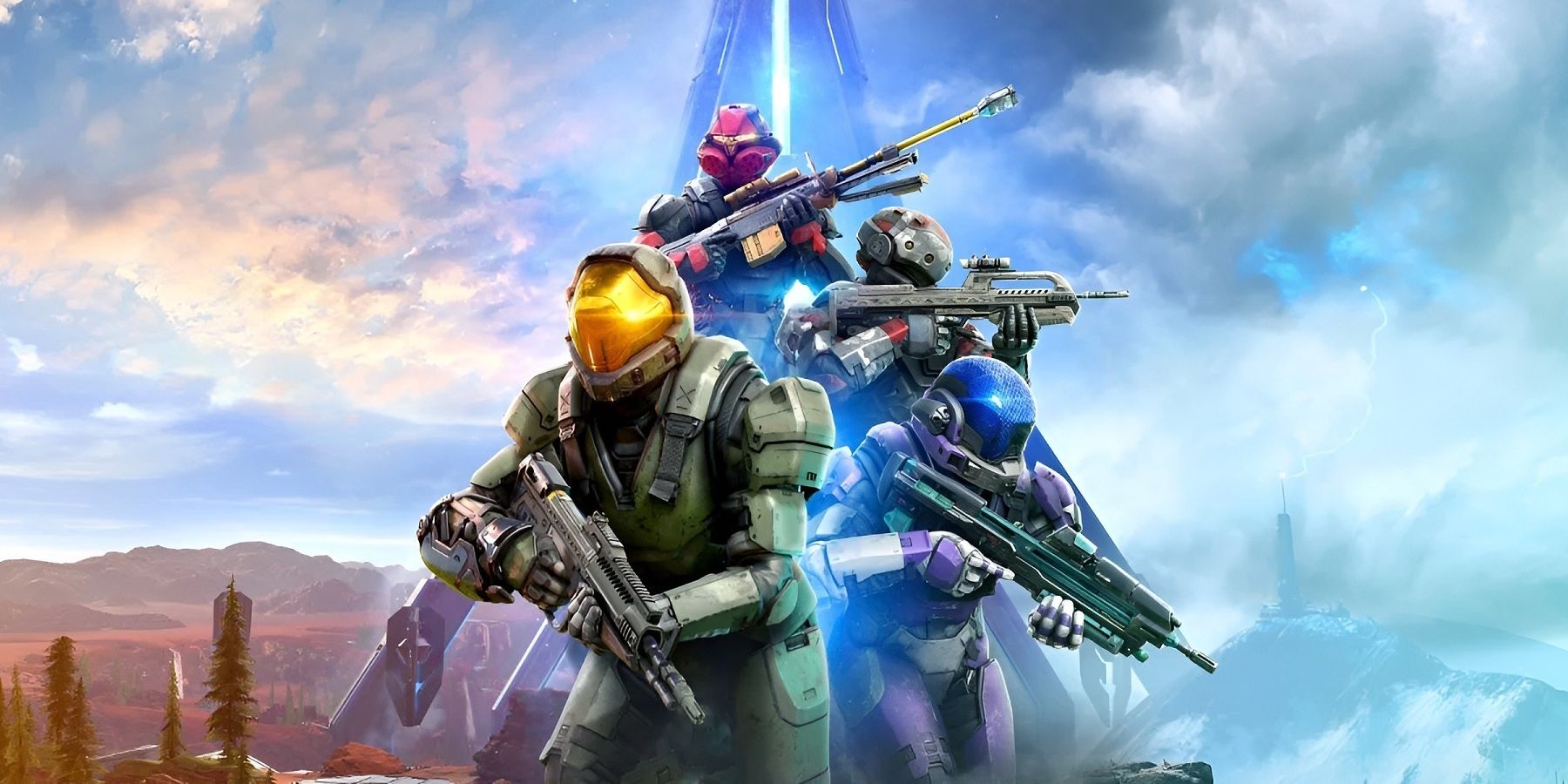Once upon a time, the Halo franchise was Microsoft's golden ticket to success. No matter the console and its shortcomings, Microsoft could count on Halo to sell it. For over a decade Bungie led the Halo franchise from success to success, but with the developer leaving Microsoft and handing over the keys to the franchise to 343 Industries, Halo's fallen into a bit of disarray. While 343 Industries' Halo entries haven't been terrible, they've been far from the excellent entries of Bungie's era, and the biggest offender in many regards is the latest entry, Halo Infinite.
Released in November 2021, Halo Infinite came out of the gate strong with its free-to-play multiplayer component which offered the perfect nostalgic hit of old-school arena shooter gameplay. But over the last year and a half, public perception of Halo Infinite has changed dramatically due to the game's lackluster live-service model. A Halo Infinite sequel seems like a safe bet for the future of the franchise, but it would undermine the core premise at the very heart of Halo Infinite.
A Sequel Would Undermine Halo Infinite's 'Infinite' Status
Before Halo Infinite's release, 343 Industries was very clear about its intended plans for the game and for the wider future of the Halo franchise. Back in July 2020, following Xbox's Games Showcase, 343 Industries' studio head Chris Lee stated that Halo Infinite was being designed as not merely just another entry in the long-running Sci-Fi shooter franchise, but a whole new platform, one which would be used to host future Halo releases. In a now-infamous statement, Lee claimed that Halo Infinite would be the "start of the next 10 years for Halo."
Put simply, Halo Infinite was intended to live up to its name, and be, at least for the next 10 years, "infinite." In the lead-up to release, 343 Industries elaborated on this broad statement a little more. Halo Infinite was going to adopt a live-service model, similar to other popular online multiplayer games like Fortnite and Apex Legends. This model essentially means that Halo Infinite would receive updates on a consistent and regular basis, adding new content to the game such as maps, weapons, and customization elements. In continuing to update the game, 343 Industries hoped Halo Infinite's player-base would stick around for the long haul.
Well, almost two whole years later, and Halo Infinite doesn't look like it'll live up to its 10-year promise. Over the course of about 17 months, Halo Infinite has received just three Seasons. In comparison, Apex Legends has received a total of five Seasons in that time, and Fortnite has had six. To make matters much, much worse, these three Seasons of Halo Infinite have barely added any new content to the game at all either. There have been a total of eight new maps added to Halo Infinite since launch, and just six new game modes. It also took 343 Industries well over a year to add campaign co-op and Forge, two game modes that have been staples of the Halo franchise for almost two decades.
Right now, Halo Infinite has a pretty dire reception. Though its core gameplay is still a lot of fun, 343 Industries' lackluster approach to the live-service model has been hugely disappointing for fans, and it's left Halo Infinite with a fairly pitiful player-base. With regards to the future of the Halo franchise, it seems extremely likely that 343 Industries will want to simply move on from Halo Infinite as soon as possible, and the best way to do that is through a sequel. But in releasing a sequel to Halo Infinite, 343 Industries can't help but put one final nail in the coffin, admitting that Halo Infinite was anything but what its name suggests.
Halo Infinite is available now on PC, Xbox One, and Xbox Series X/S.





